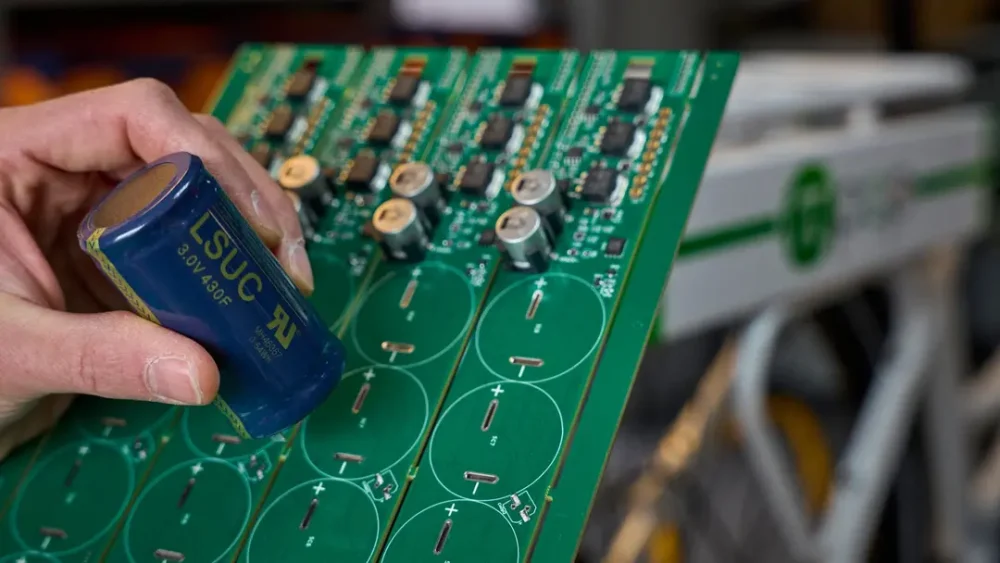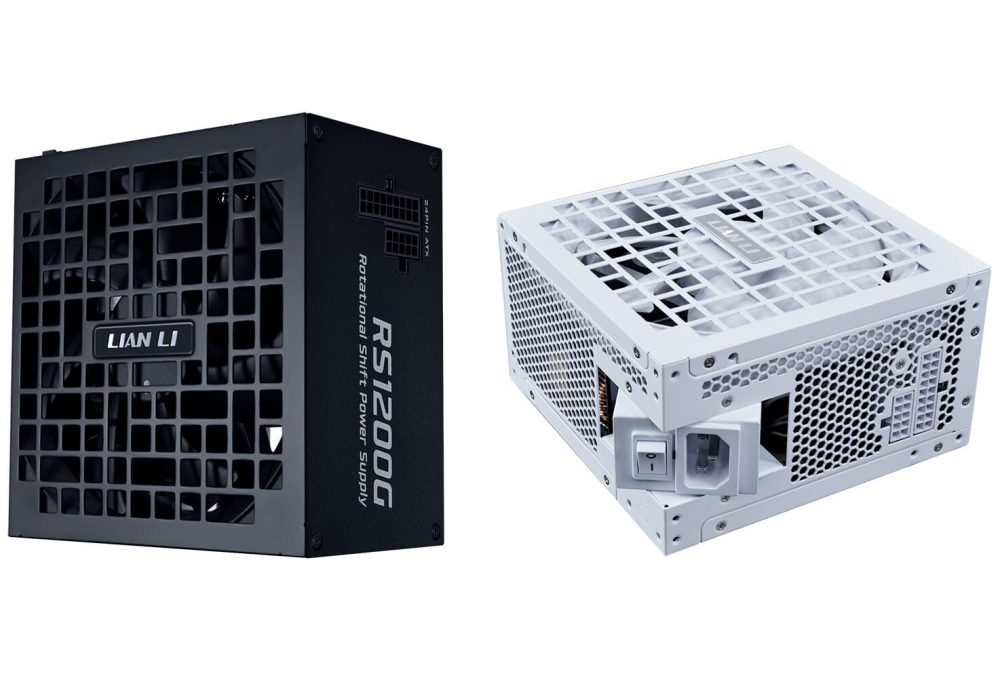A breakthrough in graphene engineering could accelerate the global shift to fast, durable, and high-performance energy storage. Scientists at Monash University have developed a next-generation carbon-based material that enables supercapacitors to store battery-level energy while delivering power at speeds far beyond those of conventional batteries.
The innovation, published in Nature Communications, could reshape electric transport, grid stabilisation, aerospace systems, and high-demand consumer electronics.
Supercapacitors With Battery-Grade Energy
Supercapacitors typically excel at fast charging and sudden power bursts, but they lag far behind batteries in energy density. The limitations stem from carbon materials: only a small portion of their surface area is usable for storing charge.
Professor Mainak Majumder, Director of the ARC Research Hub for Advanced Manufacturing with 2D Materials (AM2D), said the team has finally overcome this bottleneck.
“Our team has shown how to unlock much more of that surface area by simply changing the way the material is heat-treated,” he said. “This discovery could allow us to build fast-charging supercapacitors that store enough energy to replace batteries in many applications.”
The Secret: Multiscale Reduced Graphene Oxide (M-rGO)
The breakthrough centres on a newly engineered material called multiscale reduced graphene oxide (M-rGO). It is derived from natural graphite, one of Australia’s abundant resources.
Using a rapid thermal annealing technique, the engineers created a highly curved graphene architecture with precise ion pathways. This structure allows ions to move faster and access far more of the material’s surface area, massively boosting both energy density and power density.
Record-Setting Performance
When built into prototype pouch cells, the supercapacitors delivered:
- Up to 99.5 Wh/L volumetric energy density
- Power densities as high as 69.2 kW/L
- Extremely rapid charging
- Excellent long-term cycling stability
“These performance metrics are among the best reported for carbon-based supercapacitors,” said Dr Petar Jovanović of AM2D. “Crucially, the process is scalable and compatible with Australian raw materials.”
Commercialisation Already Underway
The technology is now moving toward real-world deployment. Ionic Industries, a Monash University spin-out, has begun producing commercial quantities of graphene.
“We’re working with energy storage partners to bring this breakthrough to market-led applications,” said CTO Dr Phillip Aitchison. “This includes systems where both high energy and fast power delivery are essential.”
A Boost For Clean Energy Innovation
Supported by the Australian Research Council and the US Air Force Office of Sponsored Research, the project is part of Monash University’s push to develop the next generation of materials for sustainable energy.
If successful, this graphene-based supercapacitor technology could deliver a new class of ultra-fast, long-lasting, battery-level power storage, fueling everything from electric vehicles and drones to industrial systems and grid support networks.


